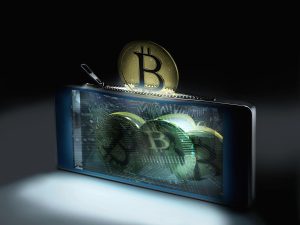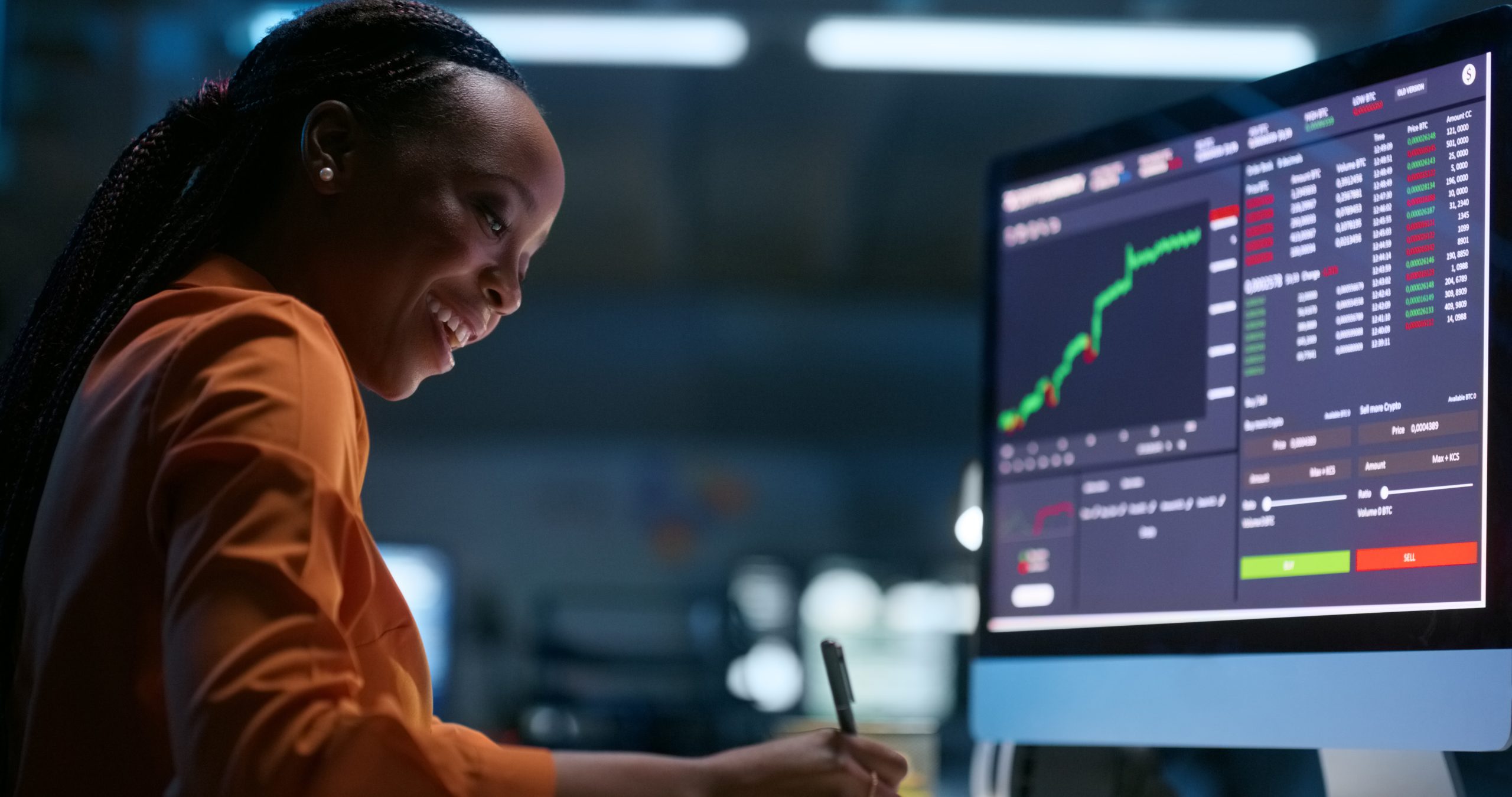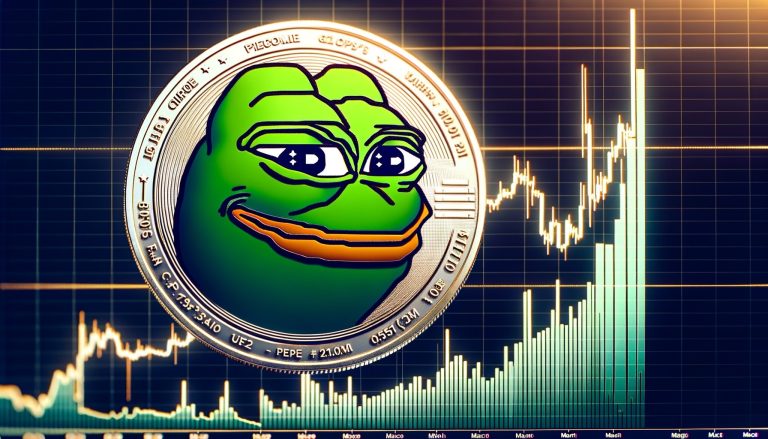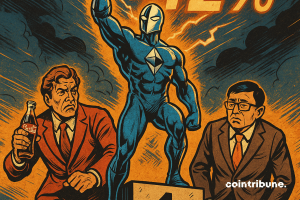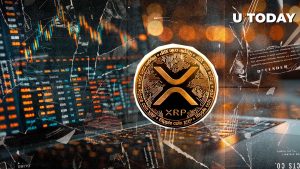Many top cryptocurrencies are obtained through a process called mining, which involves using powerful computers to solve complex mathematical problems to help validate transactions on the blockchain. Miners play an important role in guaranteeing the security of the network, and they earn new coins for doing so.
But the XRP (XRP -1.47%) cryptocurrency is different, because it’s issued directly by Ripple, the company that created it. In other words, it’s far from decentralized.
This structure raised red flags at the U.S. Securities and Exchange Commission (SEC), and the agency ultimately decided to sue Ripple in 2020 alleging it was in breach of financial securities laws. The legal battle was ongoing until last week, when the SEC agreed to settle the case in line with President Donald Trump’s promise to run a pro-crypto administration.
With this huge burden lifted off of Ripple’s shoulders, is XRP poised for significant upside?
Image source: Getty Images.
How Ripple got here
Sending money to banks in other countries can be a slow and expensive process. Not all of them use the same payment infrastructure, so they often need intermediaries to help them settle each transfer, which can add days to the process. Ripple developed the Ripple Payments network to solve that problem — it allows banks to settle transactions between one another directly, which means they are basically instantaneous.
Ripple created the XRP cryptocurrency to standardize each transaction and reduce costs. Banks in two different countries can incur substantial foreign exchange fees when they send payments in their domestic currencies, so they might choose to send XRP to one another instead. Each cross-border transfer incurs just 0.00001 XRP in fees, which comes out to a fraction of a cent.
Therefore, unlike most other cryptocurrencies, XRP has a true use case in the real world — but this was also the source of its regulatory troubles. XRP has a total supply of 100 billion tokens, but Ripple still controls 41.4 billion of them and issues them to institutions as needed to meet demand. Therefore, in its 2020 lawsuit, the SEC argued XRP should be classified as a financial security (like a stock or a bond), and thus subject to registration and disclosure requirements.
Had the regulator won the case, it would have forced Ripple to operate under a strict set of rules, adding significant compliance costs to its business.
In August 2024, a judge ruled that XRP might only be a security when it’s issued to institutions, but not when it’s used in transactions or traded on crypto exchanges. Ripple was hit with a fine of $125 million, but investors viewed the outcome as a win. The SEC appealed the decision, which threatened to tie the matter up in court for even longer, but that all changed after Trump took office.
XRP investors just received great news from the SEC
Trump nominated Paul Atkins to lead the SEC shortly after his election win. Atkins is a big supporter of the industry, having served as co-chairman of the Token Alliance (an advocacy organization), and also as an advisory board member of blockchain company Securitize.
Atkins was sworn in on April 21 after his confirmation by the Senate, but the agency was already changing its approach toward the crypto industry in anticipation of his arrival. It initially paused or withdrew active legal cases against crypto exchanges like Binance and Coinbase, and investors speculated that Ripple’s case could be next.
The SEC decided to put its case against Ripple on hold in April, and the two parties entered settlement talks. Then on May 8, the regulator announced a reduction in Ripple’s $125 million fine to just $50 million, and effectively extinguished the rest of the case.
Don’t bank on further upside for XRP
XRP has soared by 370% since Trump’s election win last November, but it still hasn’t reclaimed its record high from 2018. In fact, its momentum appears to have stalled, because the token is down more than 25% from its recent 52-week high.
The continued growth of the Ripple Payments network would, in theory, boost demand for XRP and increase its value. However, banks don’t have to use XRP — they can still benefit from instant cross-border transfers within the Ripple Payments network even if they use fiat currencies. Therefore, the value of XRP is determined more by the sentiment of speculative investors rather than by organic demand.
The resolution of the SEC’s case against Ripple is certainly a big positive for its business, but it won’t necessarily translate into sustainable upside for XRP. As a result, investors might want to exercise caution before investing in this speculative token.




